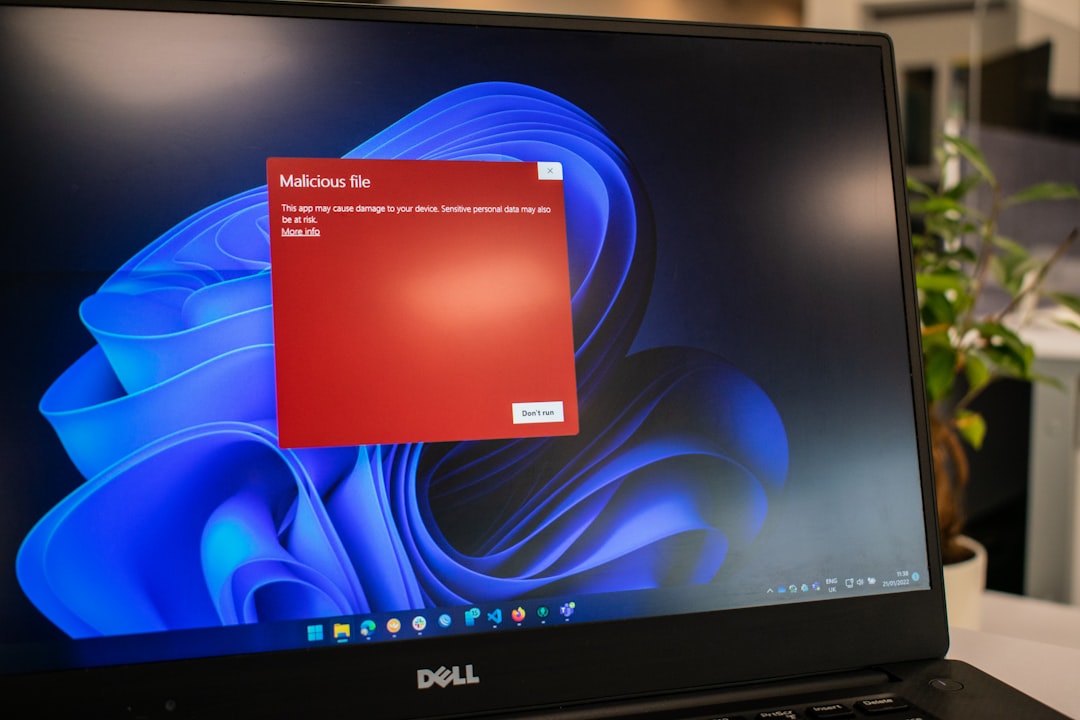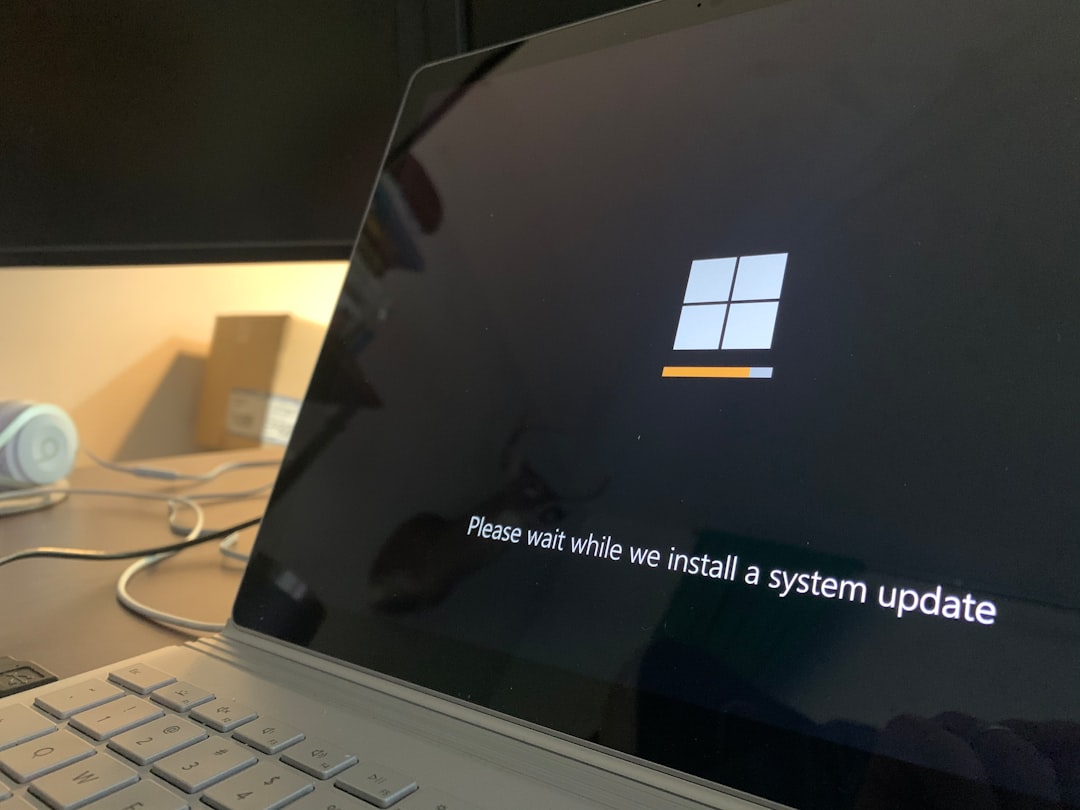
The Winre_Backup_Partition_Marker file is a term that might spark curiosity or concern among users who stumble upon it when managing partitions or exploring recovery settings. While it may seem obscure, this file plays an important role in the Windows recovery environment. Understanding what it is and whether it’s safe to delete can help users make more informed decisions about their system’s health and storage allocation.
What Is the Winre_Backup_Partition_Marker File?
The Winre_Backup_Partition_Marker is a small, hidden file used by Windows to mark a specific partition as a location for storing the recovery environment known as Windows Recovery Environment (WinRE). WinRE is an essential feature in modern Windows operating systems—it provides tools for troubleshooting, repairing boot problems, restoring the system, and even reinstalling Windows in some cases.
This marker file is typically found in a dedicated recovery partition or sometimes in the system reserved partition. Its primary job is to indicate to the operating system that this volume contains the WinRE image. Without it, certain recovery features might not function properly.

Why Does This File Exist?
When Windows sets up the recovery partition during installation or major updates, it ensures that certain metadata, like the Winre_Backup_Partition_Marker file, is in place. This helps Windows know where to boot into the recovery environment during critical failures or when users press special keys (like F11 or Shift+Restart) during startup.
- It flags the partition containing the winre.wim image — the compressed recovery image used by WinRE.
- It supports system integrity by making sure the recovery tools are discoverable even if other partitions are altered.
- It ensures a fallback mechanism during boot issues.
Should You Delete It?
No, it is not recommended to delete the Winre_Backup_Partition_Marker file. Doing so could break the system’s ability to properly access the Windows recovery options in case of emergencies.
Here’s why it’s best to leave it alone:
- System Instability: Deleting or altering recovery partitions can lead to system instability. If Windows can’t find the partition marked by this file, it may not boot into recovery mode at all.
- No Size Advantage: The file itself is very small and doesn’t significantly impact your available disk space. Removing it doesn’t free up a usable amount of space on your drive.
- Critical Recovery Tool: For users who are not tech-savvy or do not create regular backups, WinRE is a lifeline during system crashes or boot failures.

When Could It Be Safe to Delete?
Advanced users who manage custom setups, dual boot environments, or use third-party recovery solutions might consider removing associated partitions. Even then, it is usually advised to back up the WinRE image and understand the consequences before proceeding.
Some scenarios where experts might safely remove the marker and its associated partition include:
- Creating a custom recovery image stored externally
- Deploying a streamlined, minimal Windows installation image
- Managing systems that use centralized IT recovery tools
That said, even in these cases, removing the marker should be done as part of a planned system configuration — not arbitrarily or as a means to “clean up” the system.
Conclusion
Though mostly invisible to the average user, the Winre_Backup_Partition_Marker file serves a vital purpose for system recovery. It is not a virus or unnecessary junk, but an integral part of a larger mechanism designed to safeguard your data and system stability.
Unless you are fully aware of your system’s architecture and recovery strategy, it’s best to leave this file — and its related partitions — untouched.
FAQ
- Is the Winre_Backup_Partition_Marker file a virus or malware?
- No, it’s a legitimate system file used by Windows to identify the recovery environment partition.
- Can I delete the file to free up disk space?
- The file is very small and won’t meaningfully add to your available space. Deleting it could disable system recovery mechanisms.
- Where is the file located?
- It’s usually found in the recovery or system reserved partition, which is hidden by default in Windows.
- What happens if I accidentally delete it?
- You may lose access to WinRE, making it difficult to repair or recover your system during critical issues. Recovery might require reinstalling or repairing Windows from an external media source.
- How can I view this file?
- You’d need to use tools like Disk Management and command-line utilities (e.g., DiskPart, reagentc) to access hidden partitions and system files.






